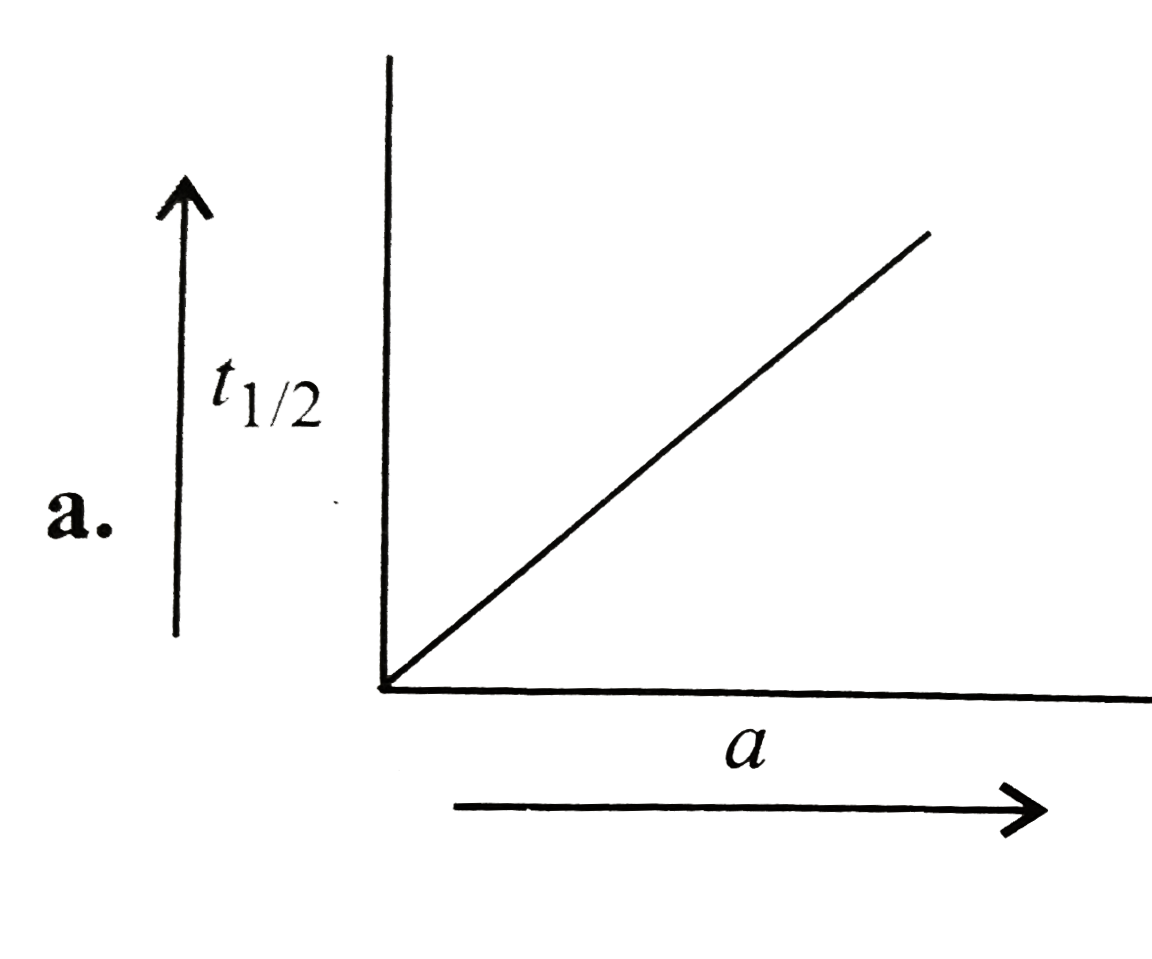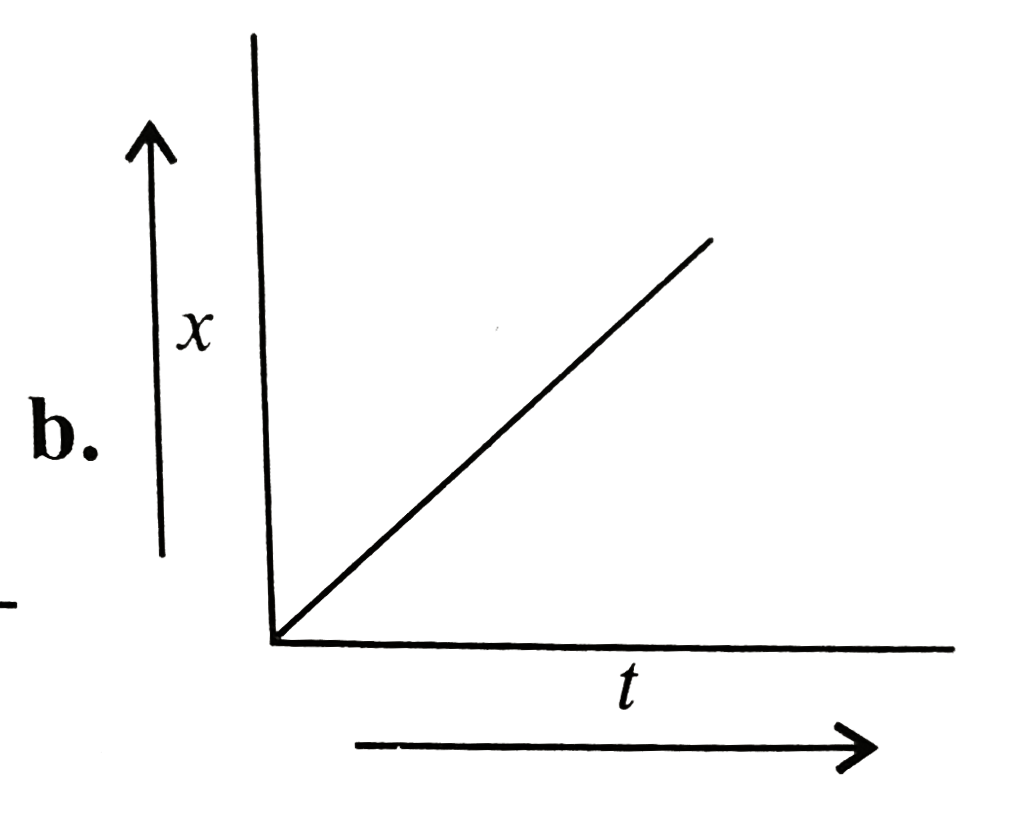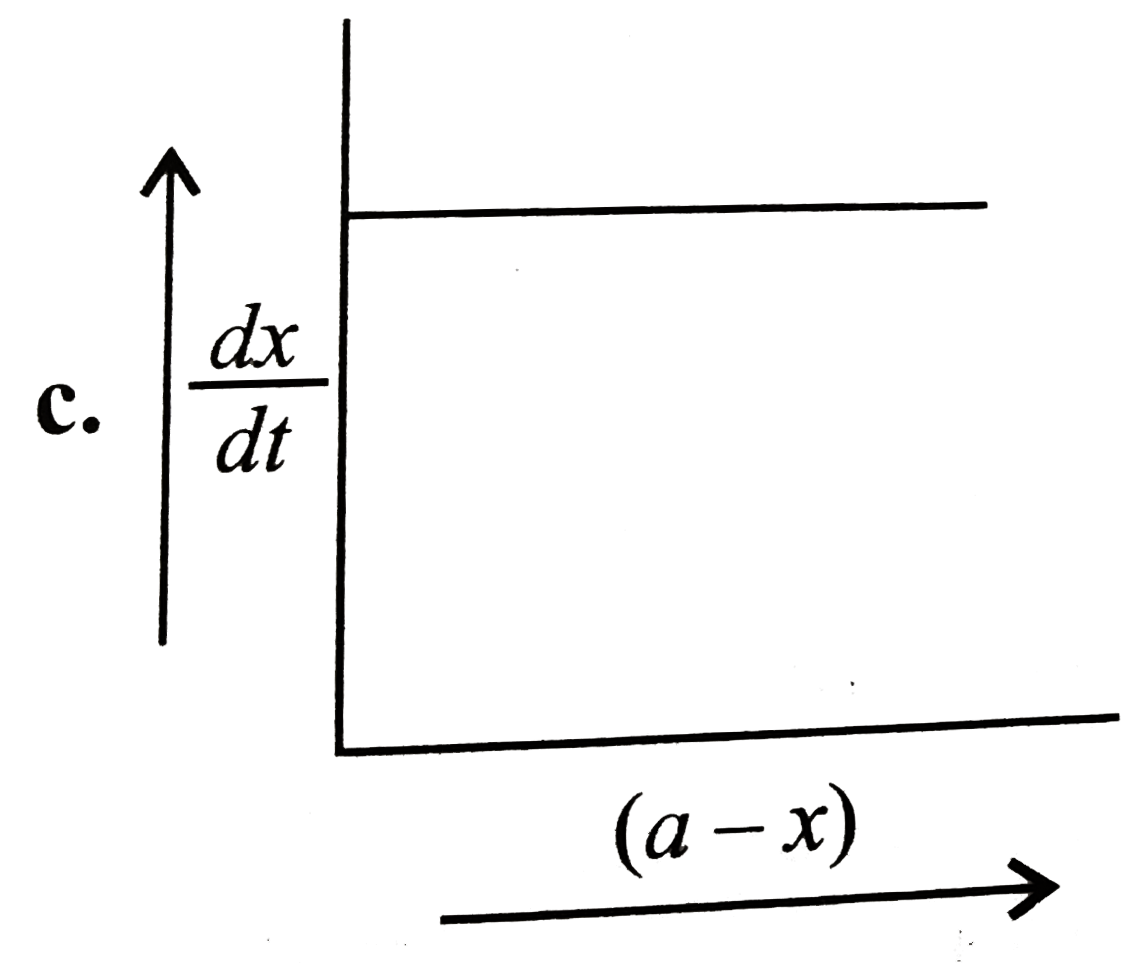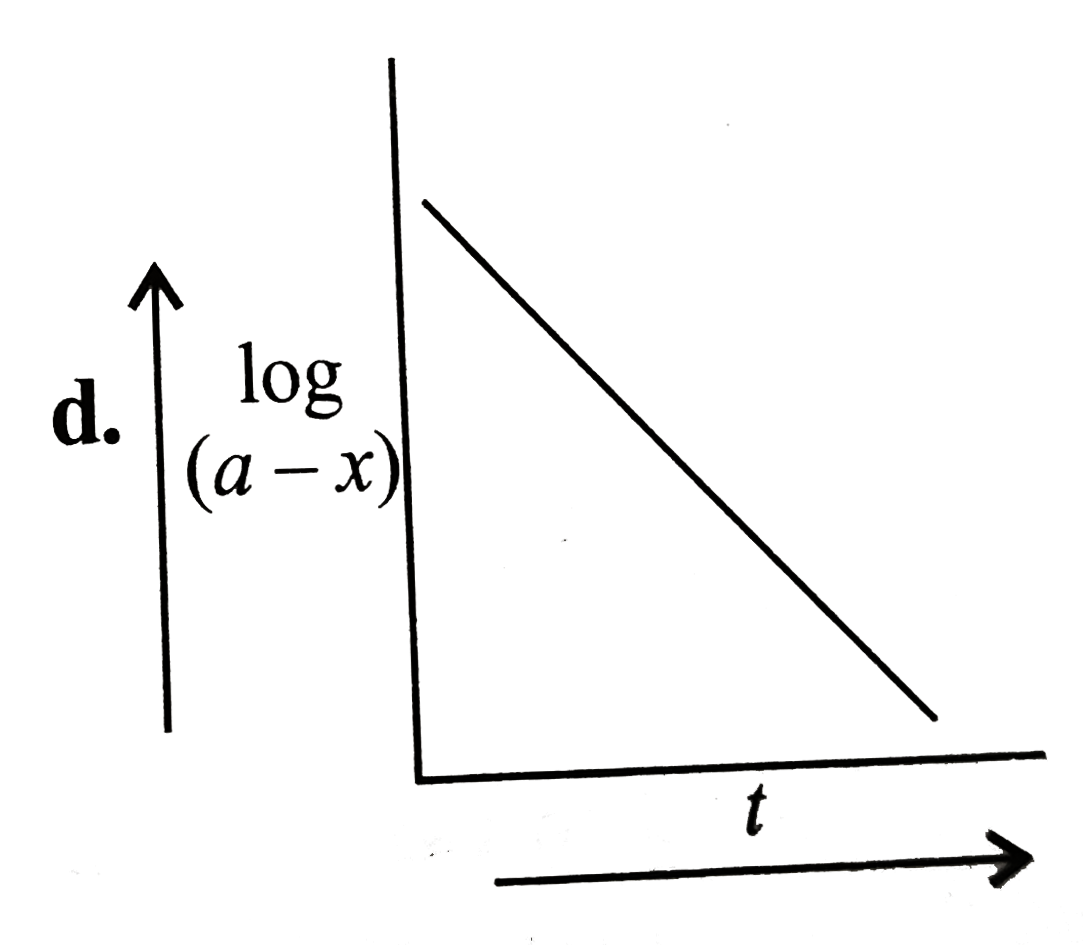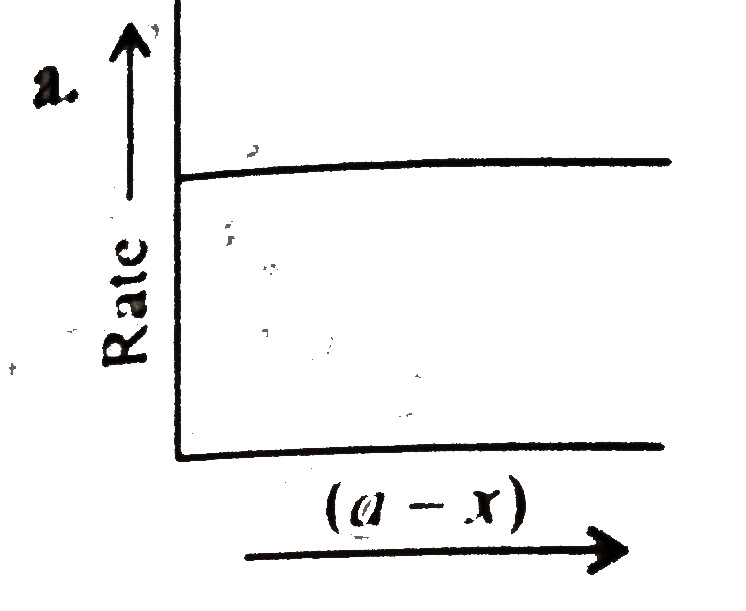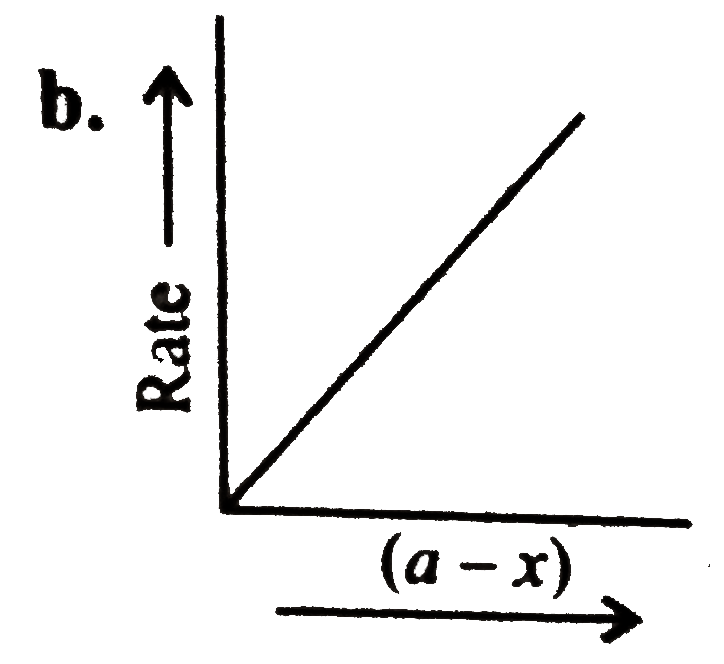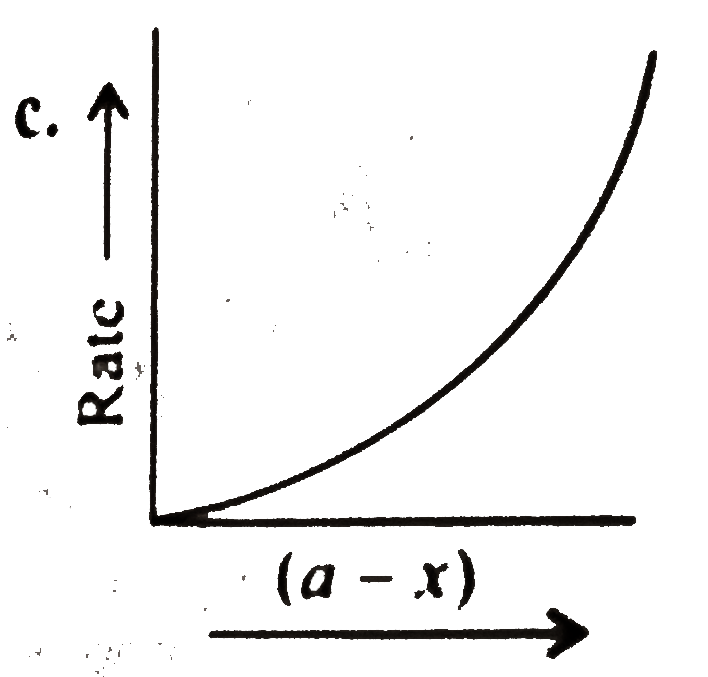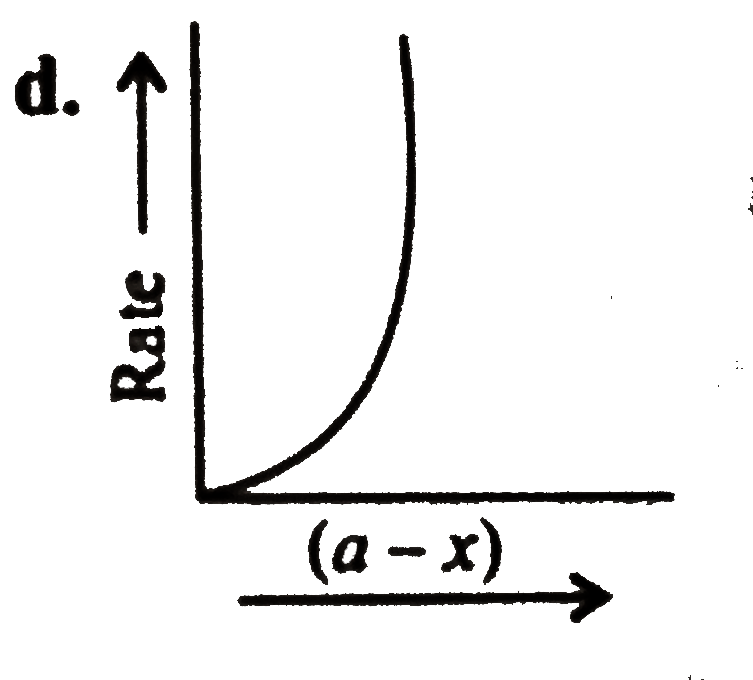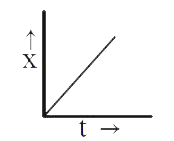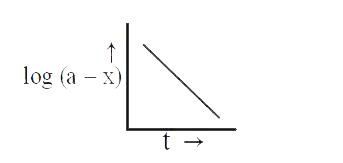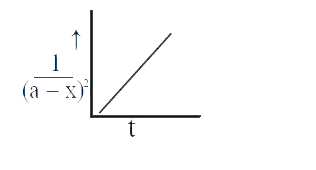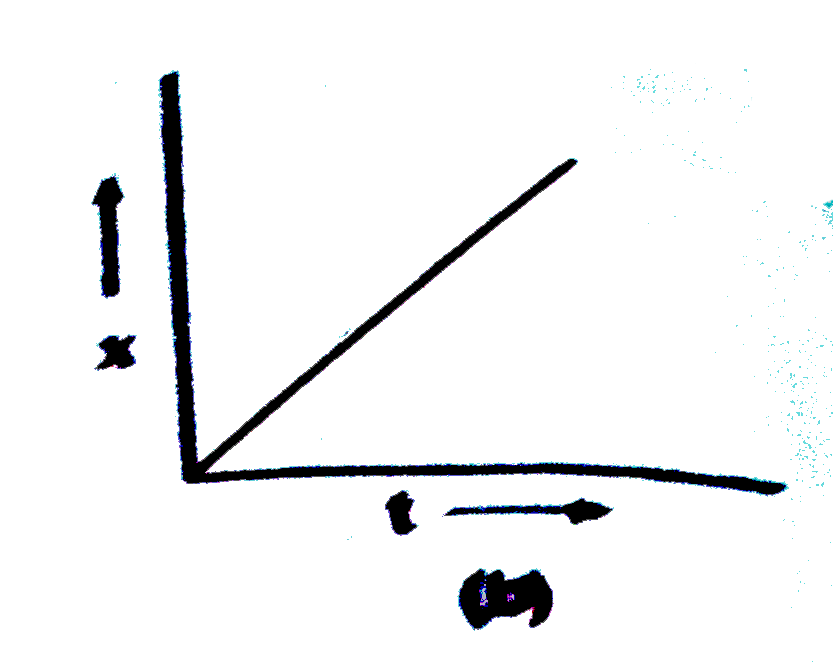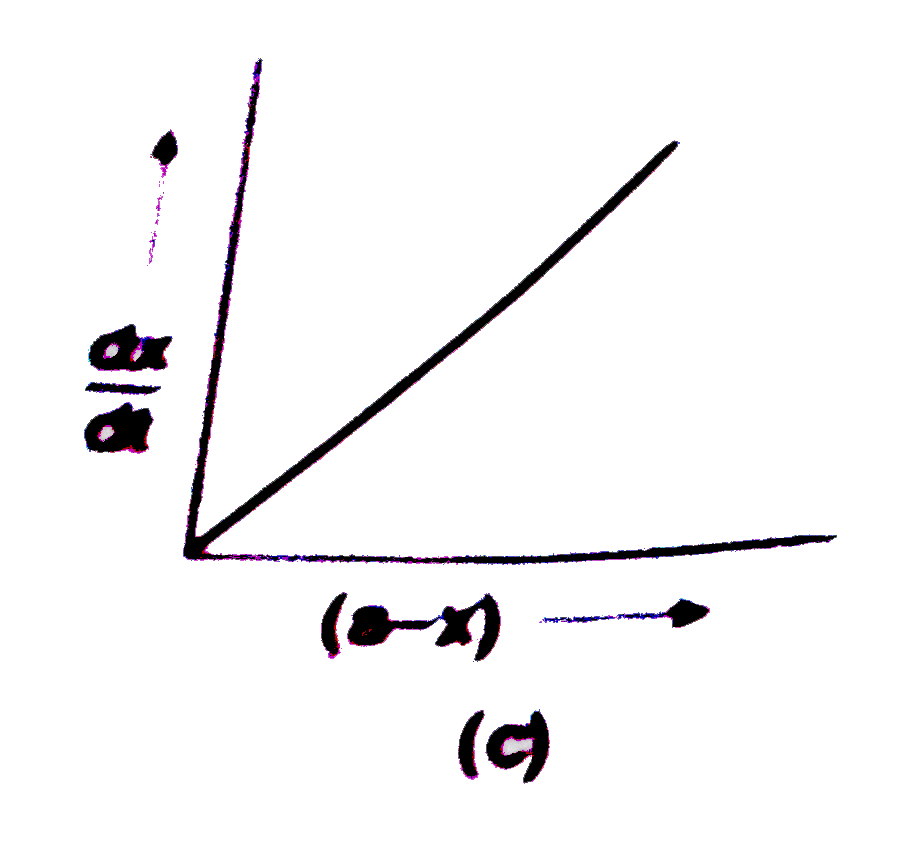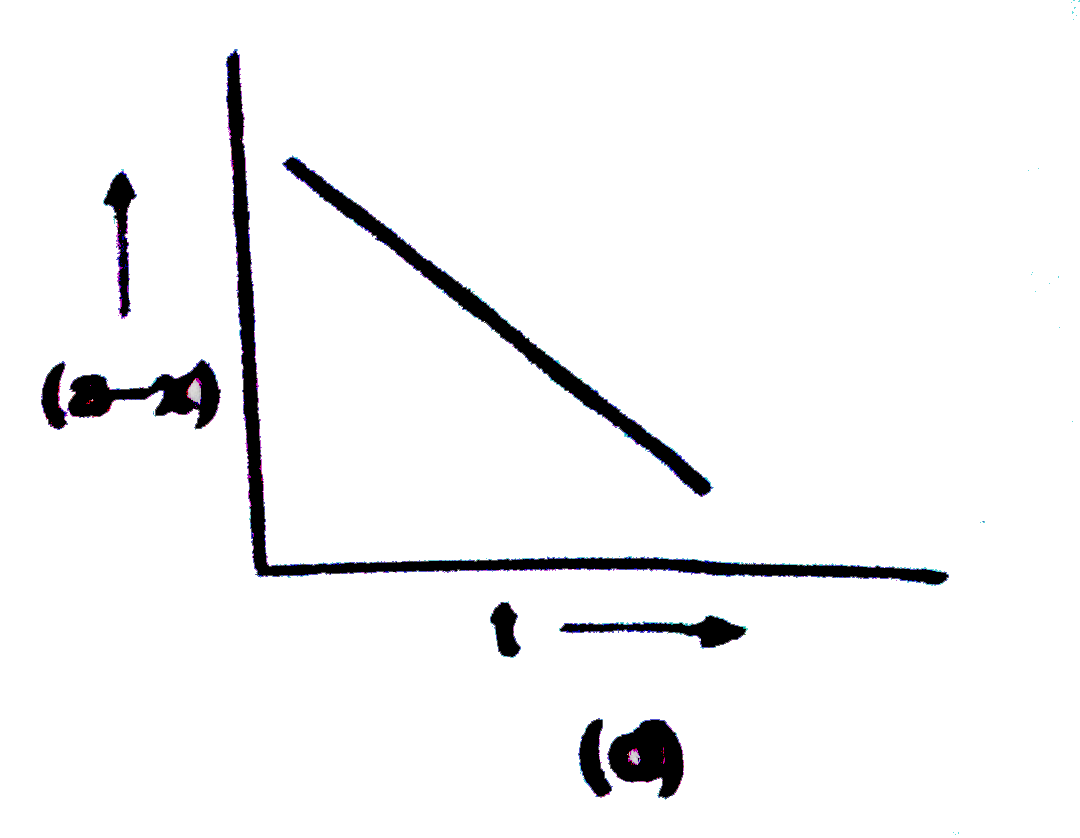A
B
C
D
Text Solution
AI Generated Solution
The correct Answer is:
|
Topper's Solved these Questions
CHEMICAL KINETICS
CENGAGE CHEMISTRY|Exercise Solved Example|52 VideosView PlaylistCHEMICAL KINETICS
CENGAGE CHEMISTRY|Exercise Ex 4.1 (Objective)|9 VideosView PlaylistCARBOXYLIC ACIDS AND THEIR DERIVATIVES
CENGAGE CHEMISTRY|Exercise Exercises Archives (Analytical And Descriptive)|34 VideosView PlaylistCOORDINATION COMPOUNDS
CENGAGE CHEMISTRY|Exercise Archives Subjective|18 VideosView Playlist
Similar Questions
Explore conceptually related problems
Knowledge Check
A
B
C
D
Submit
A
B
C
D
Submit
A
B
C
D
Submit
Similar Questions
Explore conceptually related problems
CENGAGE CHEMISTRY-CHEMICAL KINETICS-Archives Subjective
- Which of the following graphs is not for zero order reaction?
05:57
|
Playing Now - Rate of a reaction A + B rarr Product, is given as a function of diffe...
05:45
|
Play - A first order reaction is 20% complete in 10 min. Calculate (a) the sp...
01:59
|
Play - While studying the decompoistion of gaseous N(2)O(5), it is observed t...
05:04
|
Play - A first order gas reaction has k = 1.5 xx 10^(-6) s^(-1) at 200^(@)C. ...
03:17
|
Play - A first order reaction is 50% completed in 30 min at 27^(@)C and in 10...
03:34
|
Play - In a Arrhenius equation for a certain reaction, the values of A and E(...
03:52
|
Play - The decomposition of N(2)O(5) according to the equation: 2N(2)O(5)(g) ...
10:57
|
Play - Two reaction, (I)A rarr Products and (II) B rarr Products, follow firs...
13:32
|
Play - The gas phase decomposition of dimethyl ether follows first order kine...
04:25
|
Play - A first order reaction A rarr B requires activation energy of 70 kJ mo...
09:11
|
Play - form the following data for the reaction between A and B, (a) Cal...
15:35
|
Play - At 380^(@)C , the half-life periof for the first order decompoistion o...
05:34
|
Play - The ionization constant of overset(o+)(NH(4)) ion in water is 5.6 xx 1...
04:14
|
Play - The time required for 10% completion of a first order reaction at 298 ...
07:54
|
Play - The rate constant for the first order decompoistion of a certain react...
04:26
|
Play - For the equation N(2)O(5)(g)=2NO(2)(g)+(1//2)O(2)(g), calculate the ...
03:38
|
Play - The rate constant of a reaction is 1.5 xx 10^(7)s^(-1) at 50^(@)C and ...
04:11
|
Play - The rate constant for an isomerization reaction, A rarr B is 4.5 xx 10...
02:40
|
Play - A hydrogenation reaction is carried out at 500 K. If the same reaction...
06:27
|
Play - The vapour pressure of two miscible liquids (A) and (B) are 300 and 50...
03:41
|
Play
